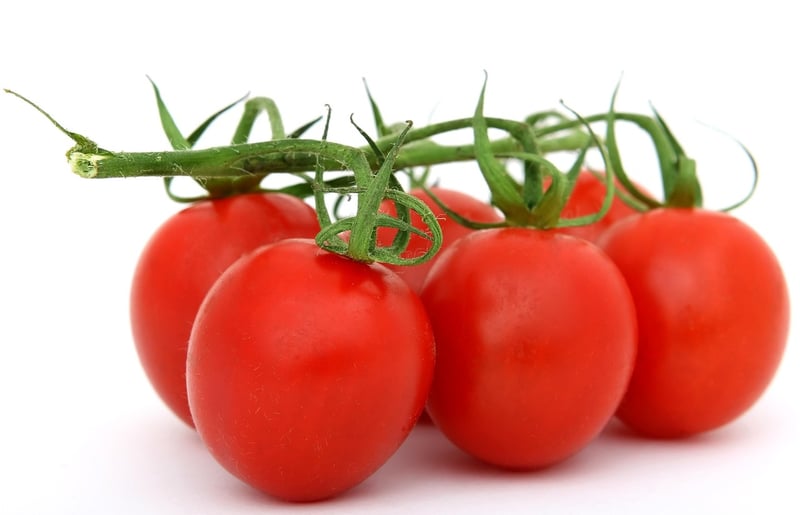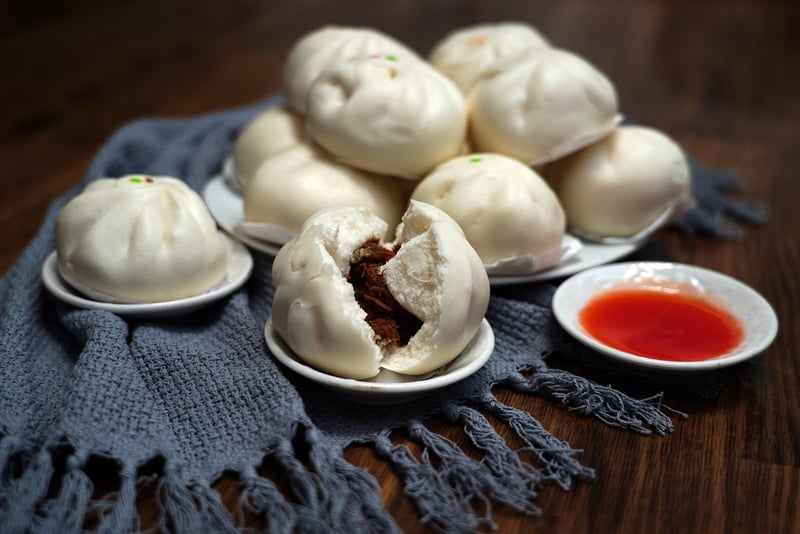Native Flavors Reinterpretation
Incorporating Authentic Ethnic Elements + Native Flavors Reinterpretation
When it comes to culinary exploration, blending authentic ethnic elements with a creative reinterpretation of native flavors can result in a delightful fusion of tastes that excites the palate. This innovative approach to cooking allows for traditional dishes to be reinvented with a modern twist, offering a unique dining experience that celebrates diversity and cultural heritage.
Embracing Diversity in Cuisine
Embracing diversity in cuisine means honoring the roots of traditional dishes while also incorporating new techniques and ingredients to create something fresh and exciting. By infusing authentic ethnic elements with a contemporary flair, chefs can pay homage to culinary traditions while pushing the boundaries of flavor profiles.
Exploring Native Flavors
Exploring native flavors opens up a world of possibilities for culinary innovation. From indigenous herbs and spices to locally sourced produce, every region has its unique ingredients that can add depth and complexity to dishes. By incorporating these native flavors into traditional recipes, chefs can create a harmonious blend of old and new that tantalizes the taste buds.
Creating a Culinary Fusion
Creating a culinary fusion of authentic ethnic elements and native flavors requires creativity and a deep respect for culinary traditions. By experimenting with different combinations of ingredients and cooking techniques, chefs can craft dishes that tell a story of cultural exchange and culinary evolution.
Examples of Reinterpretation
- Mexican-Japanese Fusion: Combining the bold flavors of Mexican cuisine with the delicate nuances of Japanese cooking to create dishes like sushi burritos or miso-infused tacos.
- Italian-Indian Fusion: Merging the rich spices of Indian dishes with the comforting simplicity of Italian fare, resulting in creations such as tikka masala pizza or curry risotto.
- African-Asian Fusion: Blending the vibrant colors and bold flavors of African cuisine with the aromatic spices of Asian cooking, leading to innovative dishes like bao buns with peri-peri chicken.
Conclusion
Incorporating authentic ethnic elements and reinterpreting native flavors is a celebration of culinary diversity and innovation. By embracing the richness of world cuisines and experimenting with new flavor combinations, chefs can create dishes that not only taste delicious but also tell a story of cultural exchange and creativity.



Explore the endless possibilities of blending authentic ethnic elements with a reinterpretation of native flavors in your own culinary creations!
